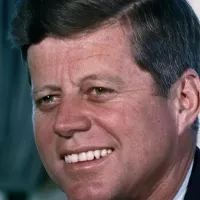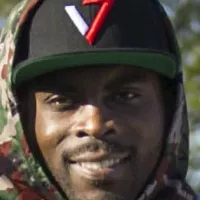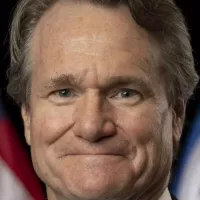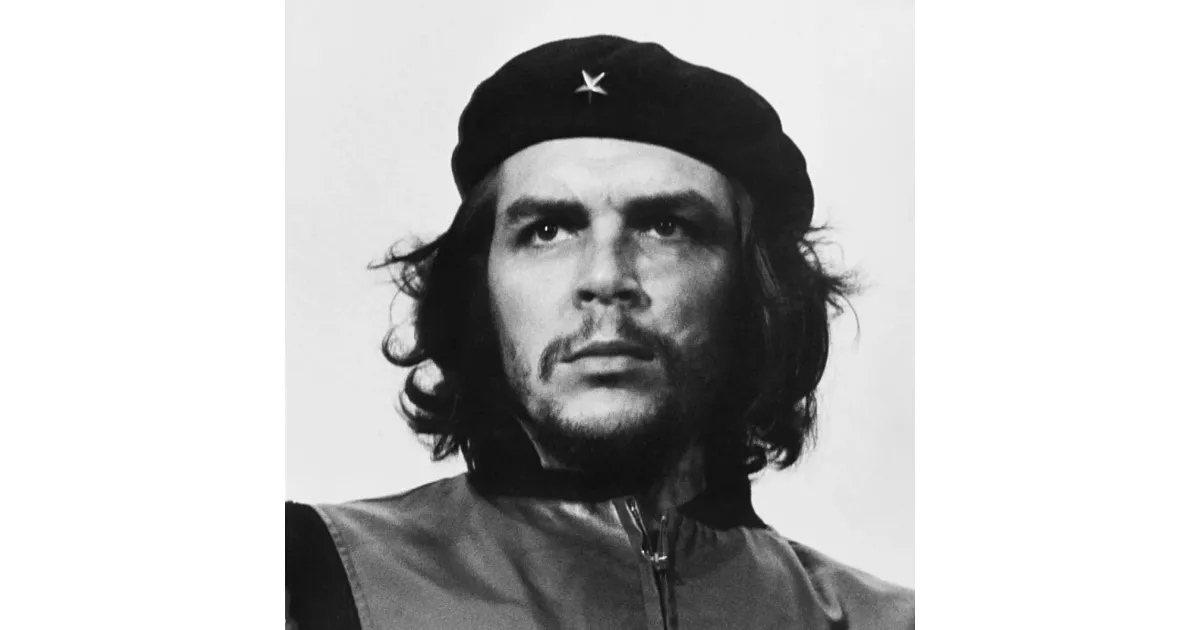A closer look at the lasting mark left by Che Guevara—a timeline of influence.
Ernesto "Che" Guevara was a prominent Argentine Marxist revolutionary, physician, and guerrilla leader. He played a key role in the Cuban Revolution and became a significant figure in the Cuban government. Beyond his involvement in Cuba, Guevara sought to spread revolution to other countries, particularly in Africa and South America. His efforts often involved guerrilla warfare and promoting socialist ideologies. Despite his controversial legacy, Guevara remains a globally recognized symbol of rebellion and revolutionary ideals, often seen as a countercultural icon.
November 1967: Che Guevara's corpse on display in Vallegrande
After his execution, Guevara's body was flown to Vallegrande. On display, Guevara's corpse was considered by many to represent a "Christ-like" visage, with some even surreptitiously clipping locks of his hair as divine relics. Björn Kumm of the Swedish Aftonbladet described the scene in an 11 November 1967, exclusive for The New Republic.
1967: Abandonment of Guerrilla Warfare as Instrument of Cuban Foreign Policy
Che Guevara's death in 1967 led to the abandonment of guerrilla warfare as an instrument of Cuban foreign policy, ushering in a rapprochement with the Soviet Union and the reformation of the government along Soviet lines.
1968: Creation of Graphic Image of Che's Face
In 1968, a high-contrast monochrome graphic of Che Guevara's face, created by Irish artist Jim Fitzpatrick, became a universally merchandized and objectified image.
1968: Che Guevara's Image During Riots and Protests
In 1968, during riots in Berlin, France, Chicago, and on American college campuses, young protestors wore Che Guevara T-shirts and carried his pictures during their marches, symbolizing his continued influence.
1969: Guevara's Irish lineage
In 1969, Guevara's father was quoted on his son's Irish lineage: "The first thing to note is that in my son's veins flowed the blood of the Irish rebels..." .
1986: Start of Economic Reforms Based on Guevarism
In 1986, Cuba began a series of economic reforms, officially titled the "Rectification of Errors and Negative Tendencies", which were based on the economic ethos of Guevarism, aimed at eliminating private businesses and trade markets.
1992: End of Economic Reforms Based on Guevarism
In 1992, Cuba ended the series of economic reforms, officially titled the "Rectification of Errors and Negative Tendencies", which were based on the economic ethos of Guevarism, aimed at eliminating private businesses and trade markets.
1995: Vargas Reveals Location of Guevara's Corpse
In late 1995, retired Bolivian General Mario Vargas revealed that Che Guevara's corpse lay near a Vallegrande airstrip, leading to a multi-national search for the remains.
July 1997: Discovery of Guevara's Remains
In July 1997, a team of Cuban geologists and Argentine forensic anthropologists discovered the remnants of seven bodies in two mass graves, including one man without hands (as Guevara would have been).
October 1997: Guevara's Remains Laid to Rest
On October 17, 1997, 30 years and 8 days after Guevara's death, Guevara's remains, with those of six of his fellow combatants, were laid to rest with military honors in a mausoleum in Santa Clara.
2000: Implementation of Reforms in Homage to Che Guevara
In 2000, the economic reforms and mass mobilizations implemented during the Battle of Ideas were often conducted in homage to the philosophy of Che Guevara, stressing economic voluntarism and central planning.
2004: Release of "The Motorcycle Diaries" Film
In 2004, "The Motorcycle Diaries" was adapted into a film of the same name.
2006: End of Battle of Ideas Reforms in Homage to Che Guevara
In 2006, the economic reforms and mass mobilizations implemented during the Battle of Ideas ended, having often been conducted in homage to the philosophy of Che Guevara, stressing economic voluntarism and central planning.
2007: Release of My Enemy's Enemy
In 2007, the documentary My Enemy's Enemy alleged that Nazi war criminal Klaus Barbie advised and possibly helped the CIA orchestrate Guevara's eventual capture.
July 2008: Unveiling of Guevara's Diaries
In July 2008, the Bolivian government of Evo Morales unveiled Che Guevara's formerly-sealed diaries composed in two frayed notebooks, along with a logbook and several black-and-white photographs.
2008: Unveiling of Bronze Statue of Che Guevara
In 2008 a 3.5-metre (12 ft) bronze statue of Che Guevara was unveiled in the city of his birth, Rosario.
2008: Chevolution Documentary Director on Guevara's Significance
In 2008, Trisha Ziff, director of the documentary Chevolution, remarked that Che Guevara's significance is more about ideals of creating a better society than the man and his specific history.
August 2009: Discovery of Guerrillas' Bodies Near Teoponte
In August 2009, anthropologists discovered and unearthed the bodies of five of Che Guevara's fellow guerrillas near the Bolivian town of Teoponte.
2020: Publication of Opération Condor
In 2020, French journalist Pablo Daniel Magee published his book Opération Condor.
Mentioned in this timeline

John F Kennedy JFK was the th U S President...
Sudan officially the Republic of the Sudan is a country...
The Union of Soviet Socialist Republics USSR existed from to...
India officially the Republic of India is a South Asian...
Barbie is a fashion doll created by Ruth Handler and...
Morocco officially the Kingdom of Morocco is a North African...
Trending

3 months ago Mike Vrabel on Patriots' Defense and Primetime Matchup Against Bills

2 months ago Breece Hall suffers injury during game, trade rumors emerge, fantasy football impact.

3 months ago Taysom Hill Nears 2025 Return After Injury: Giants vs. Saints Week 5

8 months ago Chris Olave Trade Rumors Surface Amidst Derek Carr's Retirement and Eagles Interest

2 months ago Michael Vick vs. DeSean Jackson: Norfolk State faces Delaware State in Week 10

8 months ago Bank of America: Shareholders Approve Executive Pay, Elect Directors, and Equity Plan Changes
Popular

Stranger Things created by the Duffer Brothers is a popular...

XXXTentacion born Jahseh Dwayne Ricardo Onfroy was a controversial yet...
The Kennedy Center Honors are annual awards recognizing individuals and...
Turning Point USA TPUSA is an American nonprofit organization founded...

Candace Owens is an American conservative political commentator and author...

William Franklin Graham III commonly known as Franklin Graham is...


